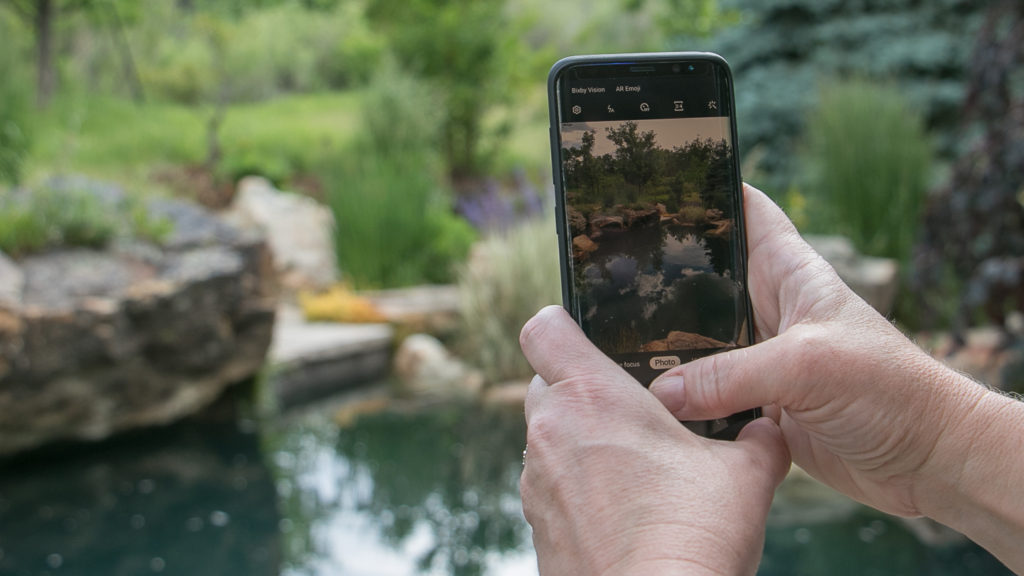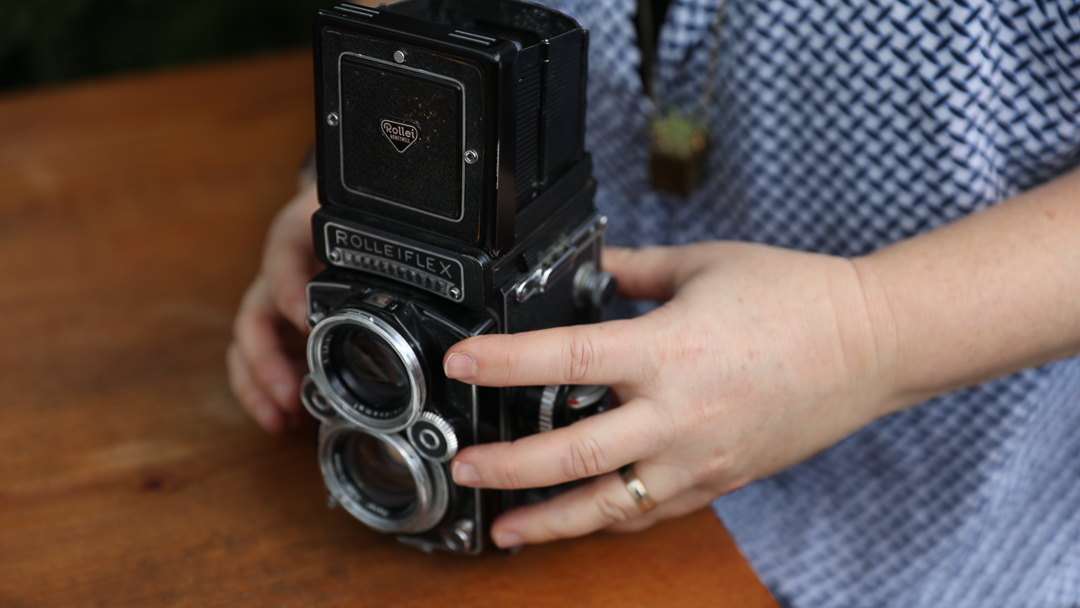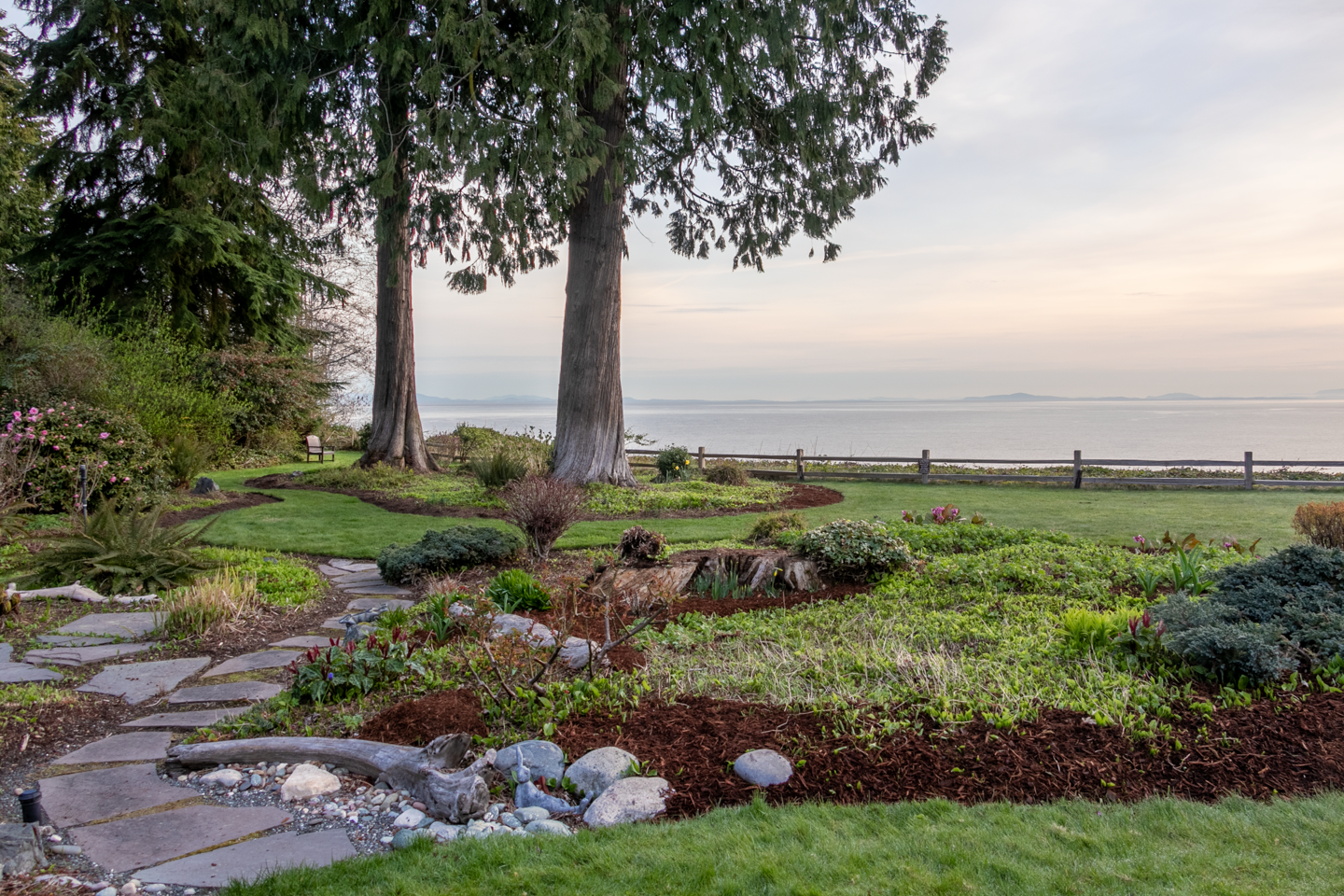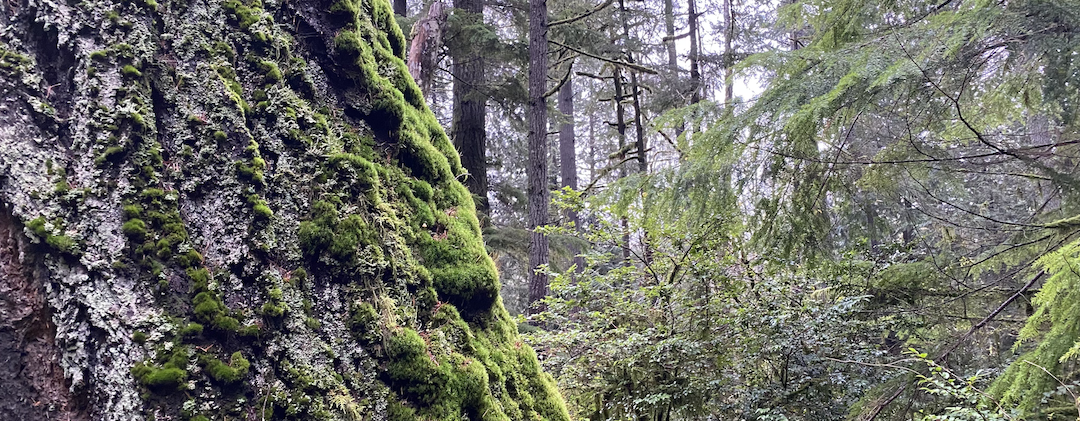
As a garden photographer, who has visited public and private gardens throughout the USA, I hear a lot of complaints about smartphone photography limitations. Here are the most common concerns and why I believe they shouldn’t hold you back from taking great photos.
1. A phone camera isn’t a real camera,
Not like those fancy dSLRs with all the nifty lenses.
When you buy a fancy dSLR you’re really buying a finely crafted lens and some software that measures the light that hits the pixels instead of film. The software has improved exponentially from the first smartphone cameras, and if you’re willing to spend some money, you can get a better smartphone lens like on the Google Pixel or my iPhone 11 Pro. The technology improves so fast, that I’m sure I’ll be out of date in a few months.
Nevertheless, even my old iPhone 6 takes a very decent photo, and a far better one than the fancy camera I left at home. If you don’t have a camera with you, you’ll miss the moment.
2. It’s too bright out!
Why did they schedule the garden tour for the middle of the afternoon?
The light in the middle of the day is harsh and unforgiving, no matter where you live. Any photo will have high contrast between the deep shadows and the lighter subject. When you look at that image later, you have to do a lot of software editing to “fix it”. I try to find softer light in the early morning, late afternoon, or the shady parts of the garden.
Then again, if I am on tour, I might not have an opportunity to revisit the scene, so I shoot anyway. Sometimes I use my reflectors to throw some shade if I’m shooting with my dSLR, but I also look for natural shade cast by trees and buildings. The photo you take is better than the one you didn’t.
3. It’s too rainy and overcast!
In the Pacific Northwest, where I live, it rains a glorious 160 days a year. If I don’t get outside to take a photo, I’ll be missing half the year. However, the cloud layer filters the light beautifully, allowing me to take soft garden photos even midday. Although I carry a reflector in my camera bag, I don’t have it with me when I’m shooting with my phone. Instead, I try to look for reflected light off buildings.
The other tool I use is the native Camera’s app (the one that comes with the phone). If you click and hold the image, a sunlight icon appears allowing you to adjust the exposure. Tada! You are now in control.
4. But Manual mode is so mystifying!
I know! But these are the tools that come with your gadget, and we are going to get comfortable poking the buttons. On your dSLR, there’s one button or switch for every little thing and you have to read the manual and try each variation to master it, but on your smartphone, only the essential features are included, and we’re going to learn what’s possible, so you can practice with purpose.
5. All my pictures look the same;
My spouse gets tired of looking at all the flowers!
Flowers are just the naughty bits of a plant trying to attract a bee so it can make more plants. There’s so much more to a photo of a flower, than looking up its skirt. Stop being the bee! When you learn the fundamentals of composition, and about the plants in your garden, you’ll learn how to choose the most important part of the photo and how to move your eye around the scene. No more straight-on flower floozy shots!
6. I don’t have time;
My days are too busy to faff about with flowers
It is better to get outside and practice seeing. Use a photo prompt on your daily walk around the neighborhood. Get in the habit of looking at great plant combinations, and awful ones. Even seeing and sharing what doesn’t work, helps you and others learn.
If you can, set up a studio in your favorite window. Collect a few props like your favorite vase, and some pruners, and keep them handy. When the light hits it right, you can cram a few blooms into the vase and snap away for 15 minutes, without having to make the photo session a whole rigamarole.
7. You have to take a lot of photos to get a good one!
Actually, this just causes more problems, because now you have the agonizing choice of deciding which ones to keep. Better instead to think about what you want to see in the photo before you take it, and then see if you can capture it in just a few shots. Now that we have digital cameras and can actually see our images instantly, we can assess whether or not it worked. If it didn’t, move on and get a different angle, try a different exposure, or different composition. There’s no point in taking the same terrible shot ten times.
Remember, pixels are free but image storage is expensive. Plan on trashing your mistakes liberally. We’re going to learn how to figure out what’s a good shot and WHY something deserves the bin, so you can continuously learn.
8. You can’t edit photos;
You have to take them as they came out of the camera!
A camera merely takes a flat image of our three dimensional world. It is not as complex as our eyes which can see both close and far, and our brains which put both into focus, nearly at the same time. We have to tell the tool in our hand where to look and what is important. By softening the backgrounds, enhancing the shadows to bring out details, and toning down highlights to make a pleasing image, we are crafting art to teach, or entertain our audience.
Real photographers have been editing their images for the whole history of photography; we’re just using a digital darkroom.
9. My work isn’t worthy
I spent a whole year taking photos with my phone and only posting them to Instagram Stories that disappear after 24 hours because I felt that they weren’t good enough for my grid. Once I had enough confidence with editing, I finally started sharing them publicly. Just remember that we’re viewing them on tiny screens anyway, so it is better to practice and post, than to hide.
10. I don’t have a beautiful garden
Get thee to the grocery store. Or a public garden. It is better to learn what flowers and colors you like from fistfuls of blooms from the store, or how plants look in real life in someone else’s garden, instead of postponing your photography because your garden isn’t what you envision. Start small and create a bookshelf studio for flowers in a vase, or a tabletop vignette; move on to plants in containers against plain walls. As you train your eye with what you love, you’ll build a garden that suits you.





